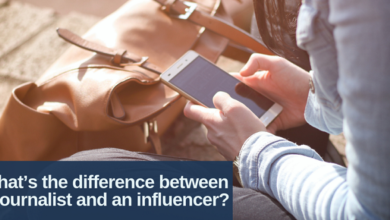Content is what advertisers are demanding

In other words, experts in content creation such as the firms that publish periodicals ranging from Vogue to The New Yorker are helping brands not only to correctly situate their ads but also create compelling content that will appeal to those magazines’ audiences
Content is what advertisers are demanding. In digital environments, it’s as easy to become media as it is to buy media. Advertising, advertorial, content…the lines are blurring in ways that defy precise definitions.
Coke decided that it needed its own content platform for all this material to “live” in, so it partnered with Yahoo France to create a content platform. This platform became a dedicated online fashion channel, The Daily Woman, targeting women aged 25 to 39. The site’s production values are as high as anything you’d expect from a “real” online fashion magazine. At launch, all content was surrounded by Coke Light skins reflecting the Lagerfeld aesthetic.
Many major brands are using advertising to drive target audiences into deeper brand experiences through immersive content. Earlier, we looked at examples such as the American Express Seinfeld-Superman campaign, or the Microsoft teaming of the same comedian with its then-CEO Bill Gates. Both campaigns were notable for media buys that drove viewers online for more content-rich messaging.
Print ads in entertainment magazines and TV commercials on NBC and ABC encouraged women to go online to tune into the “real” campaign: webisodes, or online mini-movies. In each, the leading character uses the Calming Night product following a stressful parenting situation, which results in a revitalizing sleep and pleasant dreams.
Mothers watched more than 46,000 hours of Dove’s webisodes, with more than five million page views of all the content and sponsored areas. One million product samples were requested and delivered.
Yet another content marketing tactic strongly linked with content marketing is telling the “making of ” backstory of the production of a commercial spot, particularly one that’s popular or technically sophisticated. Old Spice had an extraordinarily successful campaign, “The Man Your Man Could Smell Like.”
dvertising actually becomes content on YouTube and other online video destinations. Brands that invest millions of dollars in Super Bowl campaigns can attract millions of additional viewers—at no additional media buying cost—by making those spots available for tune-in whenever viewers want to revisit the ads. And revisit they do. Not only Super Bowl ads, but also other cool ads such as Sony Bravia’s bouncing balls or Blendtec’s “Will It Blend” campaign have garnered millions and millions of extra views online—at zero extra media spend.
Video isn’t, of course, the only way to link up advertising with content marketing. A stunning recent example of a really great story, coupled with a really minimal media buy, comes for the Centers for Disease Control and Prevention (CDC). Federal agencies are rarely accorded lavish media budgets, but a healthy dose of creativity and imagination got the CDC’s message about emergency preparedness across in a big, big way.
The value proposition: how to survive a zombie apocalypse. The “ads” for the campaign were nothing more than small units users could add to their websites, Facebook pages, and so on. Ads indeed, but zero media cost. Content told the story, and a blog post got it “out there.”
It’s an opportunity for more content than an ad can possibly provide: Watch the video, download the whitepaper, and subscribe for more information and updates. Content marketing will never replace good old-fashioned advertising, but it can certainly richly embellish it.




